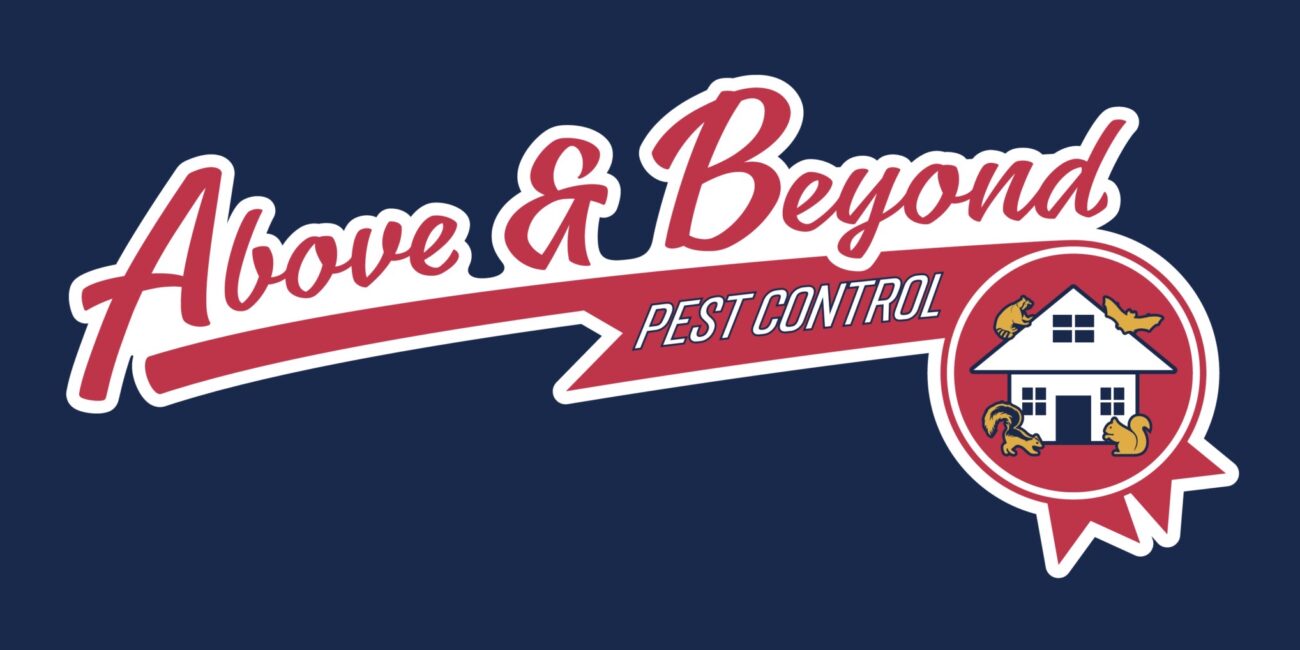
Why Raccoons Are Active After Dark
Raccoons are often viewed as cute, but their nighttime activity can lead to problems for homeowners. Why are these creatures so active after dark? This article will explore the factors that drive raccoons to be nocturnal, how they utilize their impressive senses in low light, and the social behaviors they exhibit during nighttime. By understanding these aspects, readers can better manage raccoon encounters and reduce potential conflicts, ensuring safer coexistence. Discovering the truth behind raccoonbehavior is essential for those looking to maintain harmony in their living environments.
What Factors Contribute to Raccoons Being Active at Night?

Raccoons exhibit nocturnal behavior driven by various factors that enhance their survival and adaptability within the ecosystem. Evaluating their adaptations for nighttime activity reveals how their physiology allows for effective foraging. The presence of natural predators, such as skunks, influences their movement patterns. Environmental conditions and the availability of food sources, including exclusions and pet food left outdoors, also play significant roles in drawing these creatures out after dark.
Evaluating Their Adaptations for Nighttime Activity
Raccoons have evolved certain physical and behavioral characteristics that facilitate their activity at night. For instance, their highly sensitive whiskers and strong forepaws enable them to navigate and forage effectively in low-light conditions. The evidence of their adaptability is reflected in their ability to access various food sources, including pet food left outside, which significantly impacts their nighttime excursions. These traits help raccoons minimize risks associated with foraging, allowing them to thrive in urban environments.
Moreover, raccoons possess keen senses that grant them advantages over potential predators, such as the opossum. Their bushy tails serve as a tool to balance while climbing trees or scaling fences, aiding in evasion when threatened. To manage raccoon populations, property owners should consider implementing exclusion methods, like securing trash cans and closing entry points into attics, to discourage these nocturnal visitors from becoming a nuisance in residential areas.
The Role of Natural Predators in RaccoonBehavior
Natural predators play a significant role in shaping raccoonbehavior, particularly influencing their nighttime activity. In urban environments, the presence of predators, such as coyotes, can create an ecological dynamic that encourages raccoons to remain active primarily after dark. Understanding how these animals navigate their territory in response to predators highlights the importance of urban planning that considers wildlife interactions, ultimately aiding in effective pest control strategies for homeowners.
Moreover, raccoons often adapt their behaviors to avoid confrontation with these predators. Their nocturnal tendencies allow them to forage with a lower risk of being attacked, especially when competing for resources in residential areas. Homeowners can mitigate raccoon invasions in their basements or gardens by implementing preventive measures that limit food availability, such as securing trash and minimizing outdoor pet food exposure, reducing the likelihood of attracting these adaptable pests.
Environmental Conditions That Influence Nocturnal Activity
Environmental factors significantly influence the nocturnal habits of raccoons, particularly their search for food. Temperature and weather conditions can affect their activity levels, as milder nights tend to drive them out in search of easily accessible resources, such as garbage left unsecured by homeowners. Understanding these influences is vital for effective control. Property owners should recognize that these creatures, with their impressive intelligence, can adapt quickly to their surroundings, increasing the risk of encounters and potential health concerns, including the spread of disease if not managed properly.
Additionally, urban landscapes present an array of environmental cues that prompt raccoon activity after dark. Streetlights and the presence of human activity can create a unique atmosphere where procyon individuals feel emboldened to venture out, especially for scavenging opportunities. “above and beyond pest control” suggests that homeowners be proactive in securing refuse and using deterrents to limit easy access to food, thus reducing the likelihood of unwanted nocturnal visits. Taking these measures can preserve a safe environment while minimizing the stress associated with wildlife intrusions.
Food Sources That Draw Raccoons Out at Night
Raccoons are drawn to urban environments due to the abundance of food sources available during nighttime hours. They are opportunistic feeders, often scavenging for leftovers, pet food, and unsecured garbage left by homeowners. Such habits not only fulfill their dietary needs but also highlight the challenges posed by urban wildlife, as raccoons’ foraging behaviors can lead to conflicts and potential health risks in residential areas.
Understanding the food preferences of raccoons can also aid in wildlife conservation efforts. By recognizing that simple actions, such as securing trash and minimizing outdoor feeding for pets, can deter these creatures, homeowners can contribute to effective urban wildlife management. This proactive approach not only reduces nuisance wildlife encounters but also supports broader conservation biology objectives related to maintaining a balanced ecosystem.
Raccoons thrive in the shadows, using the cover of night to roam and forage. Their keen senses help them navigate the dark, revealing the remarkable skills they employ in their nightly quests.
How Do Raccoons Utilize Their Senses in the Dark?
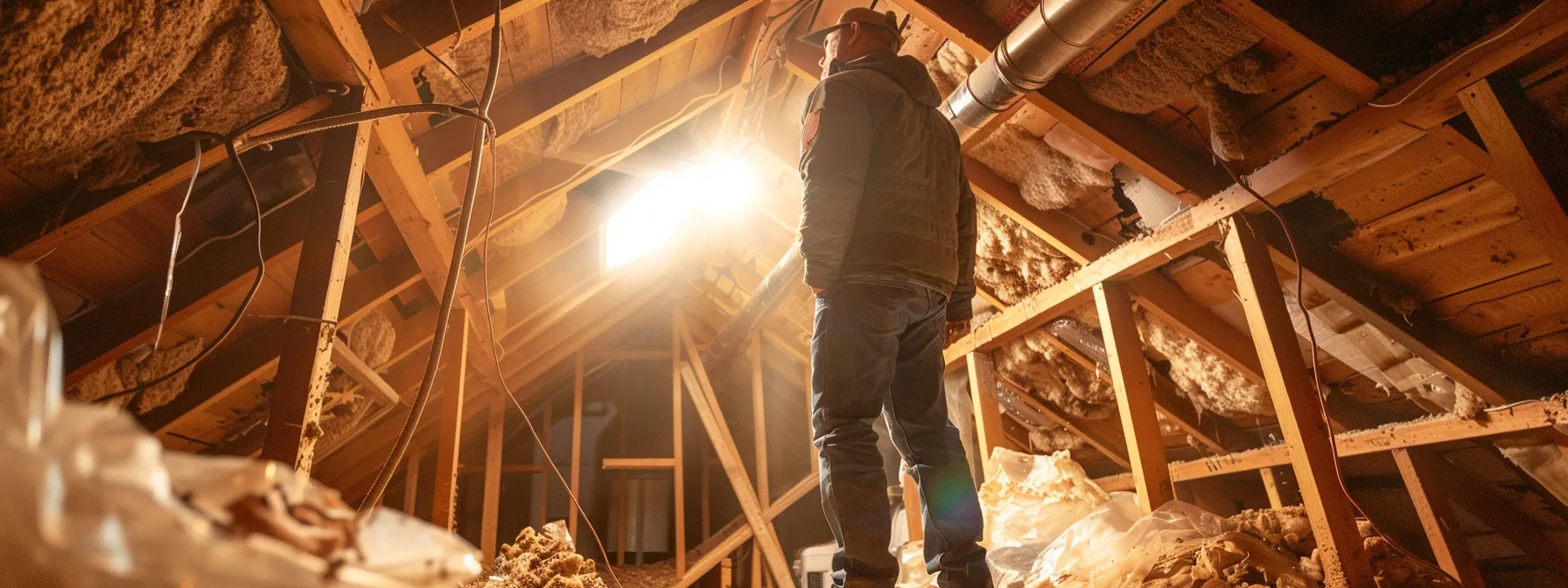
Effective foraging at night hinges on several sensory adaptations of raccoons. Their vision is crucial during nocturnal activities, allowing them to navigate low-light environments with ease. In addition, their tactile abilities enhance their foraging effectiveness, helping them interact with objects in the dark. Smell plays a pivotal role in nighttime exploration, guiding them to food sources and potential mates, which is essential for cohabitation and social behavior within their groups. Understanding these abilities aids in developing trapping services to mitigate human-wildlife disturbances.
The Importance of Vision for Nocturnal Foraging
Raccoons rely on their exceptional vision to navigate their habitats effectively during nighttime foraging. Their eyes are adapted to low-light environments, enabling them to detect movement and locate food sources such as trash or pet food left outside. This vision plays a crucial role in their survival, allowing them to avoid predators and maintain their position within their dominance hierarchy while they search for resources needed to support their nests and overall species development.
This ability to see well in the dark enhances their adaptability to urban landscapes, often filled with human-related food sources. By efficiently utilizing their vision, raccoons can identify opportunities in various environments, which is essential for wildlife management efforts aimed at minimizing human-wildlife conflicts. Understanding how vision impacts their foraging activities can guide homeowners in implementing strategies that reduce unwanted encounters with these intelligent creatures while promoting a balanced ecosystem.
Raccoons’ Tactile Abilities and Their Effectiveness at Night
Raccoons possess remarkable tactile abilities that aid them in navigating their environments after dark. Their front paws are equipped with sensitive pads, allowing them to explore and manipulate objects with precision, enhancing their foraging success. This adaptation is particularly beneficial in urbanized settings, where they often search for food sources in attics or backyards, making adjustments to their diet based on available resources.
The effectiveness of raccoons’ tactile skills contributes to their population growth in urban areas. As they adapt to utilize their keen sense of touch, they can efficiently scavenge discarded items in residential neighborhoods. This skill not only supports their survivalist instincts but also highlights the importance of proactive measures homeowners can take to secure attractants and mitigate wildlife intrusions, ultimately fostering a healthier coexistence.
The Role of Smell in Nighttime Exploration
The sense of smell plays a crucial role in how raccoons explore their environment at night. With their highly developed olfactory receptors, these animals can detect odors from considerable distances, allowing them to locate food sources such as waste left unsecured by homeowners. This ability not only helps them thrive in urban settings but also raises concerns regarding potential health risks, such as the transmission of diseases like canine distemper and rabies through close contact with other wildlife.
In addition to foraging for food, raccoons utilize their sense of smell to navigate their territories and communicate with other raccoons. By identifying scents associated with mating or territorial marking, they effectively avoid confrontations with other critters. Homeowners can discourage these nocturnal visitors by employing critter stop methods, such as sealing garbage cans and cleaning outdoor feeding areas, ultimately reducing the likelihood of attracting raccoons and other wildlife into residential spaces.
As raccoons navigate the night with keen senses, they are not just solitary creatures. Their social behaviors under the veil of darkness reveal a complex world of interactions and communication that is both fascinating and essential to their survival.
What Are the Social Behaviors of Raccoons During Nighttime?
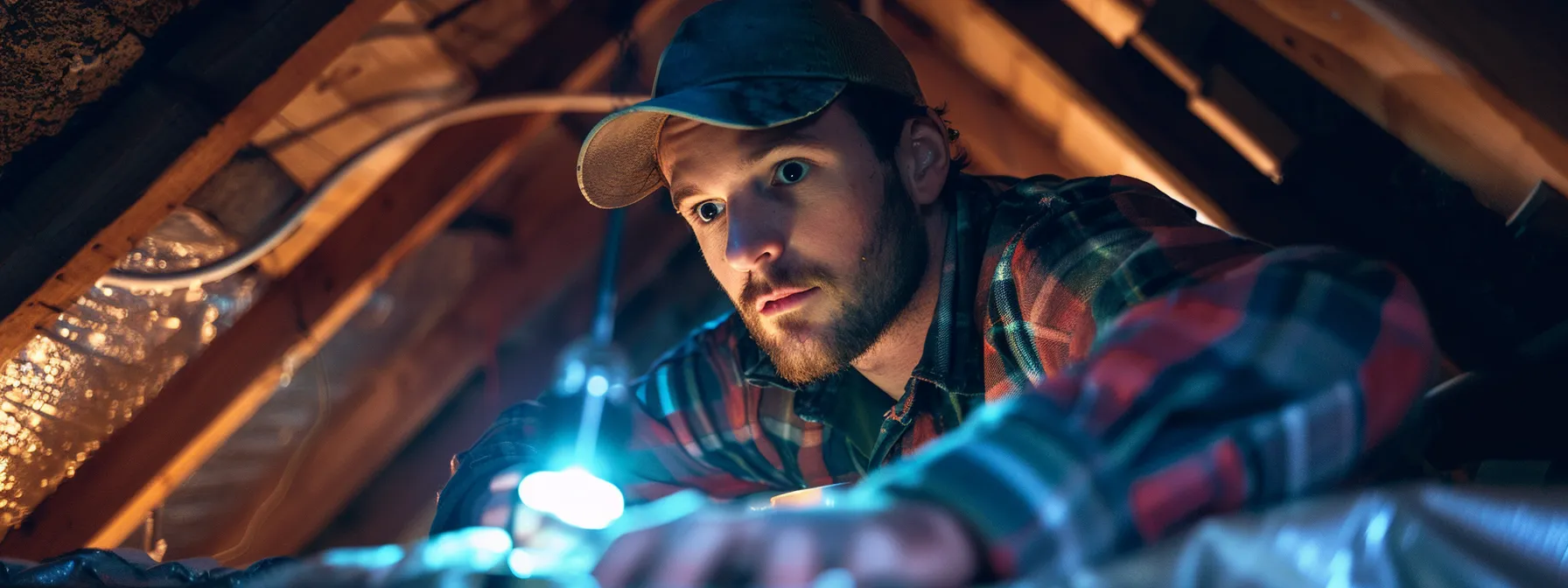
Raccoons exhibit distinct social behaviors during nighttime, emphasizing their territorial interactions, communication styles, and group dynamics. By utilizing their keen sense of smell, these animals can identify feces and other markers that delineate boundaries. Their innate curiosity often drives them to explore, leading to noise and engagement with peers, which significantly influences their activities in North America.
Exploring Territorial Interactions Among Raccoons
During nighttime, raccoons actively engage in territorial interactions that reflect their sociality within their communities. These creatures utilize vocalizations and scent markings to communicate boundaries and assert their presence, which is crucial for avoiding conflicts with other wildlife. By delineating their territories, raccoons enhance their hunting efficiency, as they better understand the locations of food sources, including discarded compost from residential areas.
This social behavior is particularly vital for raccoons as they prepare for hibernation-like periods during harsher weather. Maintaining a clear understanding of their territory reduces competition and potential aggression, allowing them to thrive in urban settings. Homeowners keen on minimizing encounters with these animals can benefit from understanding this territorial nature, as it emphasizes the importance of securing food sources to prevent attracting raccoons seeking easy access to sustenance during their nocturnal activities.
Understanding Communication Styles in Nocturnal Settings
Raccoons utilize a complex system of communication that includes vocalizations, body language, and scent marking to interact with each other during their nocturnal activities. Research has shown that their vocalizations serve various purposes, such as signaling danger or attracting mates. In addition to sounds, raccoons express themselves through distinct body language, such as tail movements and postures, which can indicate excitement, aggression, or submission, ultimately affecting their interactions in urban environments where encounters with humans may occur, especially around areas like chimneys and attics.
These communication styles are crucial for raccoons, particularly as they navigate shared territories and avoid conflicts. Their ability to discern information through fur markings and scent trails allows them to understand the presence of other raccoons, which aids in resource management and reduces competition. Homeowners facing pest control challenges can benefit from this knowledge by ensuring their properties are secured, minimizing access points, such as chimneys, and employing deterrent measures based on raccoonbehavior to foster a safer living environment.
The Impact of Group Dynamics on Nighttime Activities
Group dynamics significantly influence nighttime activities of raccoons, particularly during communal foraging efforts. When raccoons work together, they demonstrate problem-solving abilities that enhance their chances of locating food sources. This collaborative behavior not only supports their survival but also fosters social interactions among individuals, creating a cohesive unit that can efficiently exploit resources available during dark hours.
Moreover, the social structure within raccoon groups can impact breeding and gestation cycles, as successful foraging enhances the overall health of females, contributing to reproductive success. A well-nourished female is more likely to carry her young to term and provide adequate care for her offspring, reducing the risk of infestation and ensuring population stability. Understanding these group dynamics can aid homeowners in implementing effective raccoon removal strategies by recognizing the importance of disrupting food access during peak activity times.
As the darkness deepens, every rustle hints at the need for sustenance. Understanding how raccoons adjust their diets reveals the cleverness that keeps them alive under the cover of night.
How Do Raccoons Adapt Their Diet to Nocturnal Life?
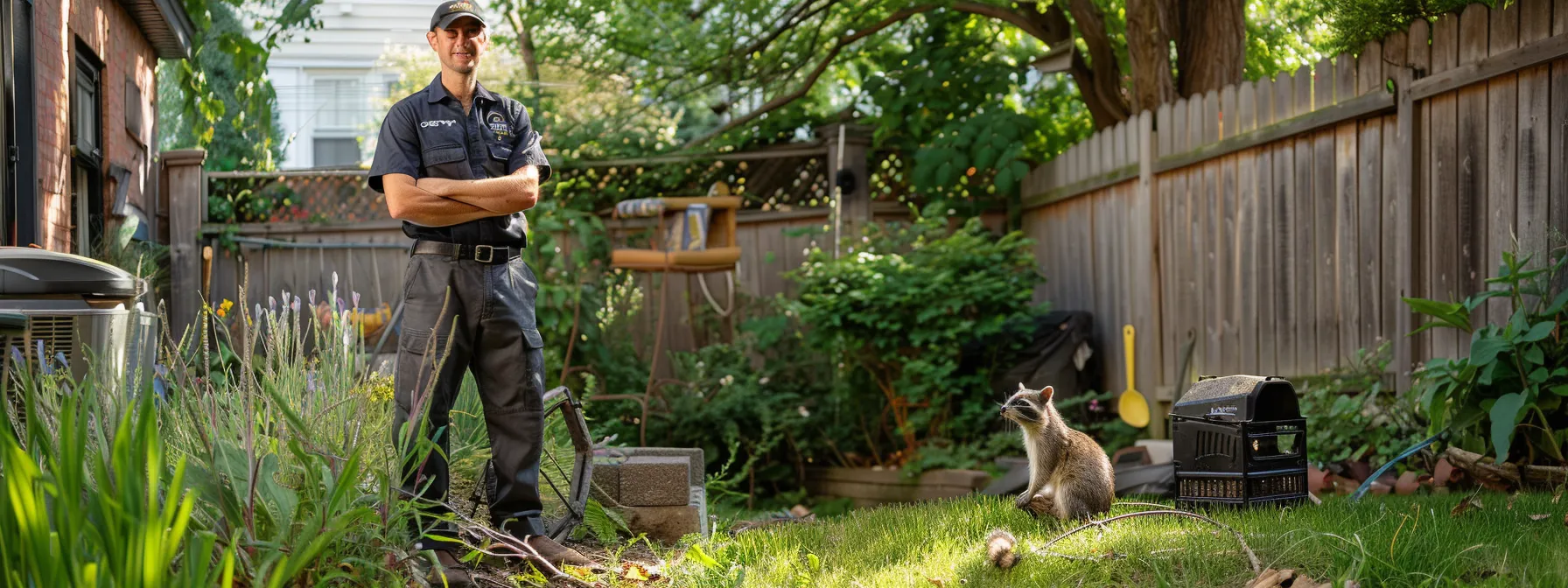
The availability of food sources after sunset significantly influences the nocturnal adaptations in raccoons. Urban landscapes present ample scavenging opportunities, enabling these wildlife experts to exploit leftovers and unsecured trash. Seasonal variations further shape their diet, impacting their energy needs. Understanding these factors aids homeowners in effective wildlife control measures to minimize encounters with raccoons on their roofs and properties.
Availability of Food Sources After Sunset
The availability of food sources after sunset plays a critical role in determining raccoon‘s nocturnal behavior. Urban environments often provide ample opportunities for scavenging, as leftover food from garbage cans and pet food left outside becomes readily accessible at night. This availability drives raccoons to adapt their diet, giving them a competitive advantage in finding sustenance while minimizing encounters with potential threats.
Understanding this scavenging behavior is vital for homeowners seeking to reduce unwanted wildlife interactions. By securing trash bins and removing outdoor pet food, residents can limit the availability of food sources that attract raccoons and other rodents. This simple knowledge empowers property owners to take effective measures, ensuring a more peaceful coexistence with local wildlife while addressing potential health risks associated with these nocturnal visitors.
The Opportunity for Scavenging in Urban Areas
Urban areas provide raccoons with abundant scavenging opportunities, driving their nocturnal activity. The presence of unsecured trash cans and pet food left outside serves as major attractants, allowing these adaptable creatures to exploit food sources that would otherwise be unavailable during daylight hours. Property owners unprepared for these incursions may find themselves facing significant challenges as raccoons rummage through their garbage, leading to health risks and disturbances.
To minimize the impact of raccoons scavenging in residential neighborhoods, homeowners must take proactive steps to secure food sources. Simple measures such as utilizing animal-proof trash bins and promptly cleaning up pet food can significantly reduce the likelihood of attracting these nocturnal visitors. By understanding raccoon feeding behaviors and implementing preventive strategies, residents can help maintain a safer and more harmonious living environment.
Seasonal Variations in RaccoonDiet
Seasonal variations have a significant impact on the diet of raccoons, particularly as their nocturnal foraging habits adjust to changing food availability. During spring and summer, raccoons often take advantage of the abundance of fruits, vegetables, and insects, actively seeking out new sources to meet their nutritional requirements. As autumn approaches, they shift their diet to include more calories, consuming larger quantities of nuts and seeds to prepare for the winter months.
In winter, raccoons face a scarcity of food, prompting them to rely on stored fat reserves and any available food sources, including garbage from human residences. This dependence on human refuse often increases their activity after dark, as they scavenge for remnants of meals left unsecured. Homeowners can help minimize raccoon encounters by securing trash and removing outdoor food sources, ultimately reducing the likelihood of attracting these nocturnal animals during the sleep cycle.
The diet of raccoons shifts in response to the night, revealing their cleverness. Yet, many misunderstand their behavior under the moonlight; the truth is more complex than it seems.
What Are Common Misconceptions About Raccoon Nocturnal Behavior?

Many myths exist regarding raccoon nocturnal behavior that can mislead homeowners. This section addresses common misunderstandings, clarifying the true nature of raccoon activity in urban areas. By examining the realities of their nighttime habits, readers will gain practical insights into how these adaptable creatures function, enabling more effective wildlife management strategies.
Debunking Myths Surrounding Raccoons and Night Activity
One common misconception is that raccoons only emerge at night to cause trouble or create havoc. In reality, their nocturnal behavior is primarily an evolutionary adaptation designed to avoid predators and maximize foraging opportunities for food. Understanding this behavior can help homeowners recognize that raccoons are not inherently malicious but rather acting in accordance with their natural instincts as they search for food sources, such as unsecured trash and pet food left outside.
Another myth is that raccoons are solitary creatures and do not interact socially at night. Contrary to this belief, raccoons often operate in groups, demonstrating complex social behaviors that enhance their foraging efficiency. By acknowledging these social dynamics, property owners can implement more effective strategies to deter these animals by reducing their opportunities for scavenging in communal areas, thereby promoting a safer living environment.
Clarifying the Reality of RaccoonBehavior in Urban Settings
Raccoons are often misunderstood as pests solely seeking destruction during nighttime hours. In reality, their nocturnal activity is a natural behavior developed to evade predators while searching for food. By understanding this aspect of raccoonbehavior, homeowners can recognize that these animals are not inherently malicious; they are merely acting on instinct in pursuit of accessible food sources, such as pet food or unsecured trash.
Another misconception is that raccoons thrive in isolation during their nocturnal foraging. Contrary to this belief, these creatures actively interact in groups, which enhances their effectiveness in locating food. This social behavior underscores the importance of taking preventive measures, such as securing outdoor food sources, to limit the opportunities that raccoons have to congregate and scavenge in residential areas, ultimately promoting a safer environment for homeowners.
Understanding their nocturnal habits can change how people see these clever creatures. This insight may lead to better ways for humans and raccoons to share the same space.
How Can Understanding Raccoon Nocturnal Behavior Enhance Human-Raccoon Coexistence?
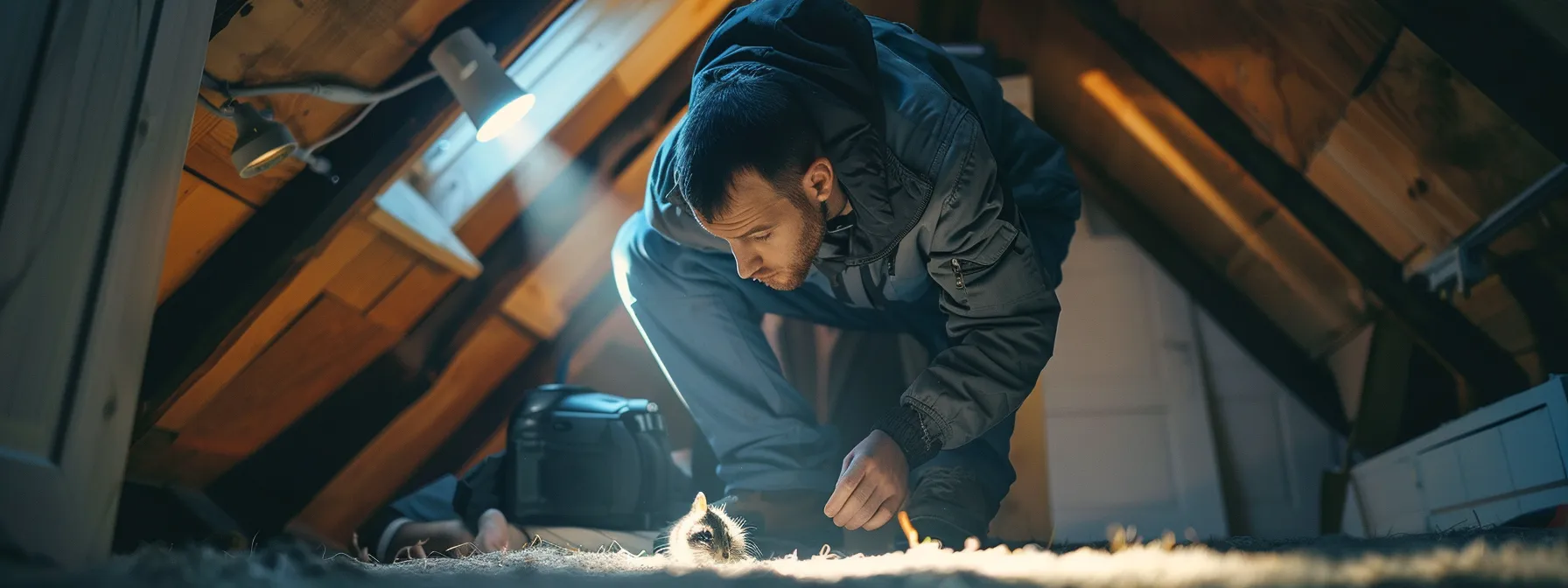
Implementing wildlife-friendly practices during nighttime can significantly enhance coexistence with raccoons. Strategies such as securing trash and minimizing outdoor pet food can reduce nighttime conflicts. Recognizing the ecological benefits of raccoons—as scavengers that contribute to a balanced environment—encourages more harmonious interactions. This understanding leads to practical solutions that benefit both homeowners and these adaptable creatures.
Implementing Wildlife-Friendly Practices During Nighttime
Implementing wildlife-friendly practices during nighttime can significantly reduce interactions between homeowners and raccoons. For instance, securing trash bins and avoiding leaving pet food outside can minimize the availability of food sources that attract these nocturnal animals. By addressing these simple actions, property owners contribute to an environment that discourages raccoon activity and fosters a safer coexistence.
In addition to securing food sources, homeowners can create a less accessible environment by maintaining well-trimmed landscaping and closing off potential entry points into attics or basements. These proactive measures not only deter raccoons but also promote a balance between human habitats and local wildlife. Understanding the nocturnal behavior of raccoons empowers individuals to take effective steps toward coexistence, benefitting both parties in the long term.
Strategies for Reducing Conflicts With Raccoons at Night
To effectively reduce conflicts with raccoons at night, homeowners should implement secure waste management practices. Using animal-proof trash bins and ensuring that garbage is tightly sealed not only makes it challenging for raccoons to access food but also discourages their presence in residential areas. This proactive approach addresses one of the primary attractants that draw these nocturnal creatures into neighborhoods, ultimately fostering a more harmonious living environment.
Additionally, limiting outdoor food exposure can significantly decrease nightly visits from raccoons. By removing pet food dishes after feeding and avoiding outdoor compost piles, homeowners can minimize attractants around their properties. Understanding how these strategies align with raccoonbehavior enables individuals to manage wildlife interactions effectively, promoting coexistence while maintaining a safe and clean home environment.
The Benefits of Embracing Raccoons as Part of the Ecosystem
Embracing raccoons as a part of the ecosystem presents several ecological benefits. As scavengers, raccoons play a crucial role in controlling waste and recycling nutrients, contributing to a healthier environment. Their natural foraging behaviors help in breaking down organic matter, which supports soil health and promotes biodiversity.
Furthermore, understanding raccoon nocturnal behavior facilitates better wildlife management strategies. By recognizing their role in urban ecosystems, homeowners can implement practices that reduce conflicts while appreciating the ecological contributions of these creatures. This approach not only enhances coexistence but also fosters a community that values and respects local wildlife, creating a more balanced interaction between humans and nature.
Conclusion
Understanding why raccoons are active after dark highlights their adaptability and survival strategies in urban environments. Their nocturnal behavior is driven by sensory adaptations, food availability, and the avoidance of natural predators. By recognizing these factors, homeowners can implement effective measures to secure food sources, reducing interactions with these intelligent creatures. Embracing raccoons as a vital part of the ecosystem encourages harmonious coexistence and promotes a balanced urban environment.
